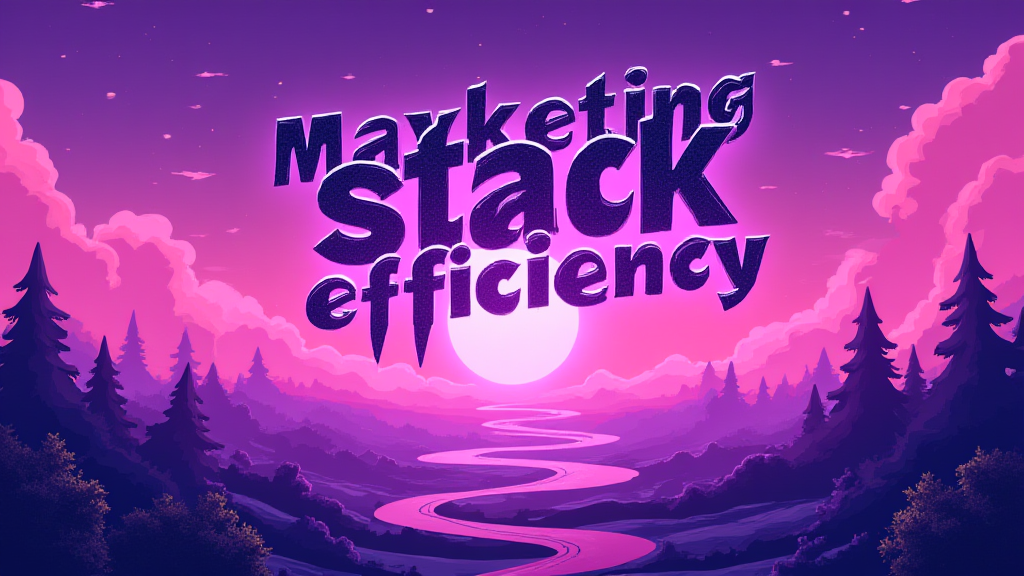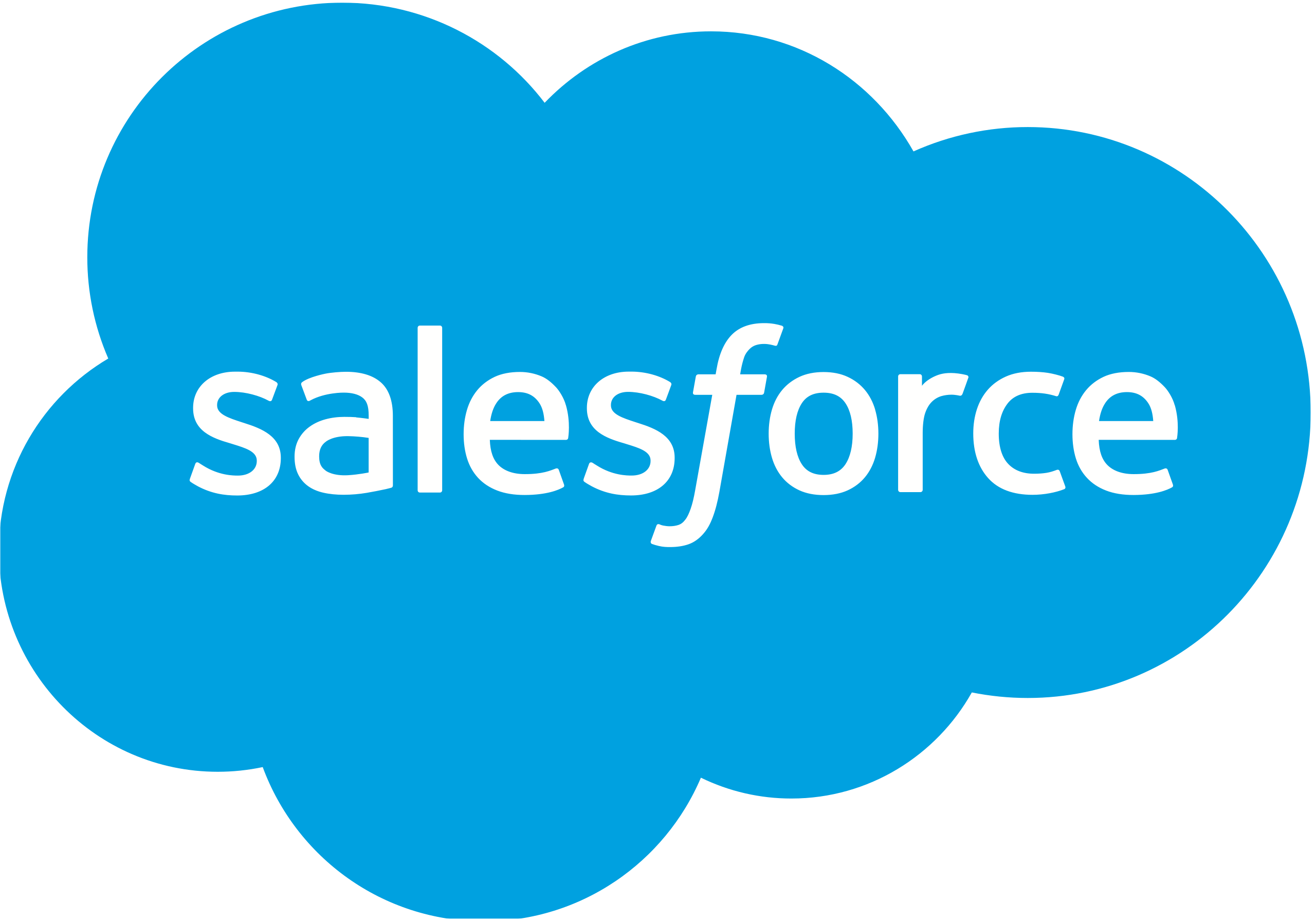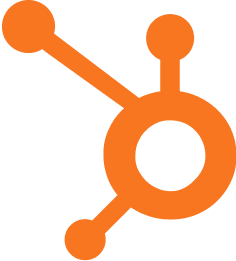Maximizing Marketing Stack Efficiency: Key Strategies

Published on: October 01, 2024
Marketing Stack Efficiency refers to the optimal utilization and integration of various marketing technologies and tools to achieve maximum productivity, effectiveness, and return on investment (ROI) in marketing operations. It involves streamlining processes, eliminating redundancies, and ensuring seamless data flow across different platforms within the marketing ecosystem.
Why Marketing Stack Efficiency Matters 🚀
In today's digital landscape, marketing teams rely on a complex array of tools and technologies to execute their strategies. An efficient marketing stack can:
- Improve productivity and resource allocation
- Enhance data-driven decision-making
- Increase campaign effectiveness and ROI
- Provide better customer insights and personalization
- Streamline workflow and collaboration
Key Components of an Efficient Marketing Stack
An efficient marketing stack typically includes the following core components:
- Customer Relationship Management (CRM) system
- Marketing Automation platform
- Content Management System (CMS)
- Analytics and reporting tools
- Social media management platforms
- Email marketing software
- SEO and SEM tools
Integration: The Key to Efficiency 🔗
The true power of a marketing stack lies in its integration. When tools work seamlessly together, data flows freely, providing a holistic view of marketing performance and customer behavior.
Measuring Marketing Stack Efficiency
To evaluate the efficiency of your marketing stack, consider the following metrics:
| Metric | Description |
|---|---|
| Time-to-market | Speed of campaign deployment |
| Resource utilization | Optimal use of team members and tools |
| Data accuracy | Consistency and reliability of data across platforms |
| ROI | Return on investment for marketing technology spend |
| User adoption | Percentage of team members actively using the tools |
Common Challenges in Achieving Marketing Stack Efficiency
Organizations often face several hurdles when optimizing their marketing stack:
- Tool redundancy and overlap
- Lack of integration between platforms
- Insufficient staff training and adoption
- Data silos and inconsistencies
- Rapidly evolving technology landscape
Best Practices for Improving Marketing Stack Efficiency 💡
- Conduct regular audits of your marketing stack to identify gaps and redundancies
- Prioritize integration when selecting new tools
- Invest in staff training to ensure maximum tool utilization
- Implement a data governance strategy to maintain data quality and consistency
- Regularly evaluate new technologies to stay competitive
- Align your stack with overall business objectives and KPIs
The Future of Marketing Stack Efficiency
As technology continues to evolve, marketing stack efficiency will likely be influenced by:
- Artificial Intelligence and Machine Learning capabilities
- Increased focus on privacy and data protection
- Rise of no-code and low-code platforms
- Greater emphasis on customer experience and personalization
By staying informed about these trends and continuously optimizing your marketing stack, you can ensure that your marketing operations remain efficient and effective in an ever-changing digital landscape. For more insights, check out marketing spend efficiency and sales stack utilization.
Questions to Consider for Your Marketing Stack 🤔
- How well integrated are the tools in your current marketing stack?
- Are there any redundancies or underutilized tools in your stack?
- How does your team measure the efficiency and ROI of your marketing technology?
- What steps can you take to improve data flow and consistency across your marketing platforms?
- How can you better align your marketing stack with your overall business objectives?
















